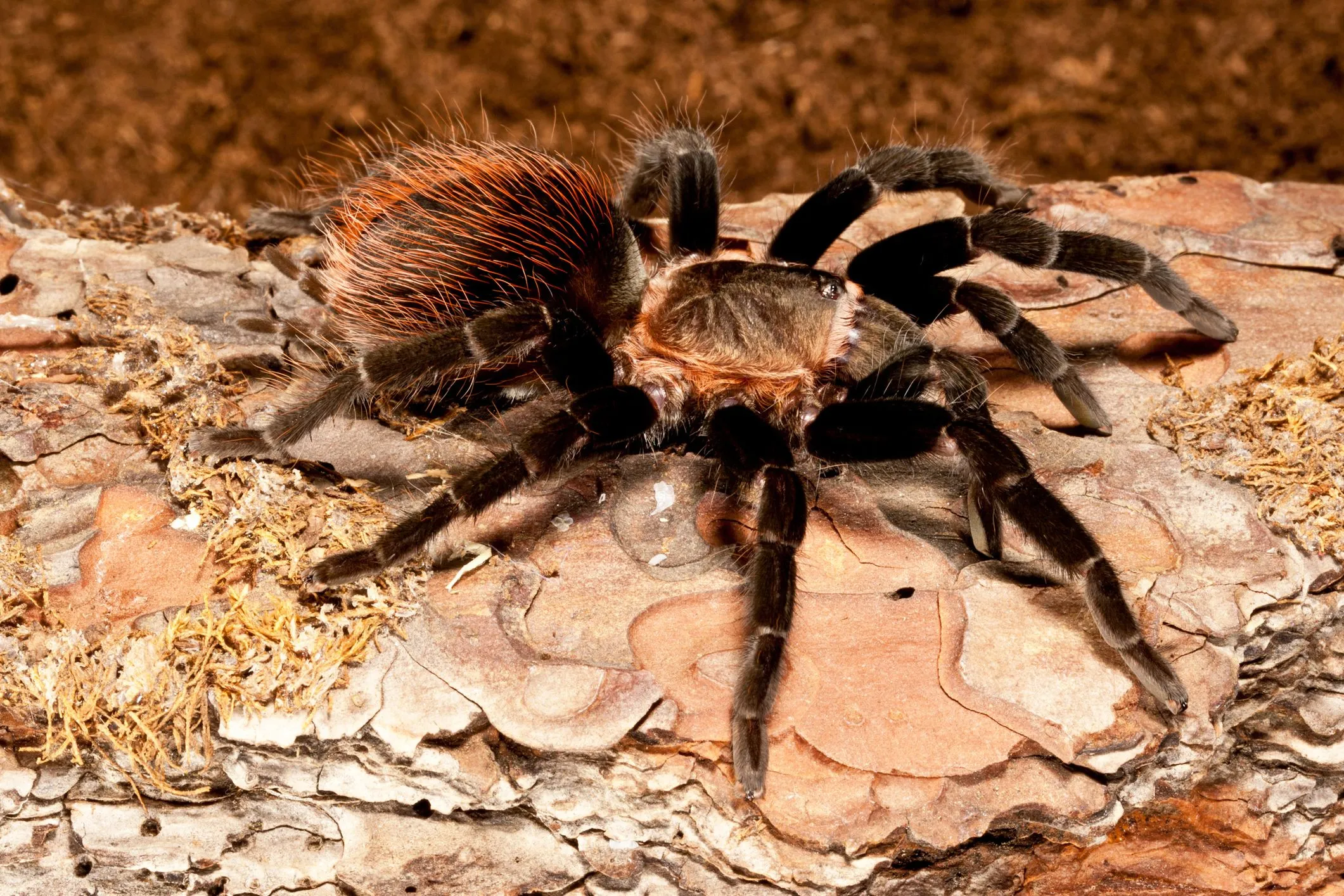What is a Pet Tarantula Temperament?
Understanding the temperament of your pet tarantula is crucial for responsible pet ownership and a harmonious relationship with your eight-legged friend. Tarantula temperament refers to their inherent personality traits and behavioral tendencies, which can vary significantly depending on the species, individual spider, and environmental factors. Unlike more commonly kept pets like dogs or cats, tarantulas don’t exhibit complex social behaviors or express emotions in ways humans readily understand. Their temperament is primarily driven by instinct, self-preservation, and the need to survive in their environment. Observing and learning about your tarantula’s behavior is key to providing the best care and ensuring your safety. This guide will delve into the fascinating world of tarantula temperament, exploring the top five facts every owner should know.
Pet Tarantula Temperament Fact 1: Species Variations
One of the most fundamental aspects of tarantula temperament is the vast diversity among different species. Just as different breeds of dogs have distinct personalities, so too do different tarantula species. Some species are known for their docile nature and are relatively easy to handle (though handling is generally discouraged), while others are notoriously defensive and quick to bite or flick urticating hairs. Researching the specific temperament of the tarantula species you are considering is paramount before bringing one home. This information will help you choose a spider that aligns with your experience level and expectations. Keep in mind that individual tarantulas within the same species can still have slightly different personalities. Factors such as age, origin (wild-caught versus captive-bred), and past experiences can also influence a tarantula’s behavior.
Understanding Different Tarantula Species
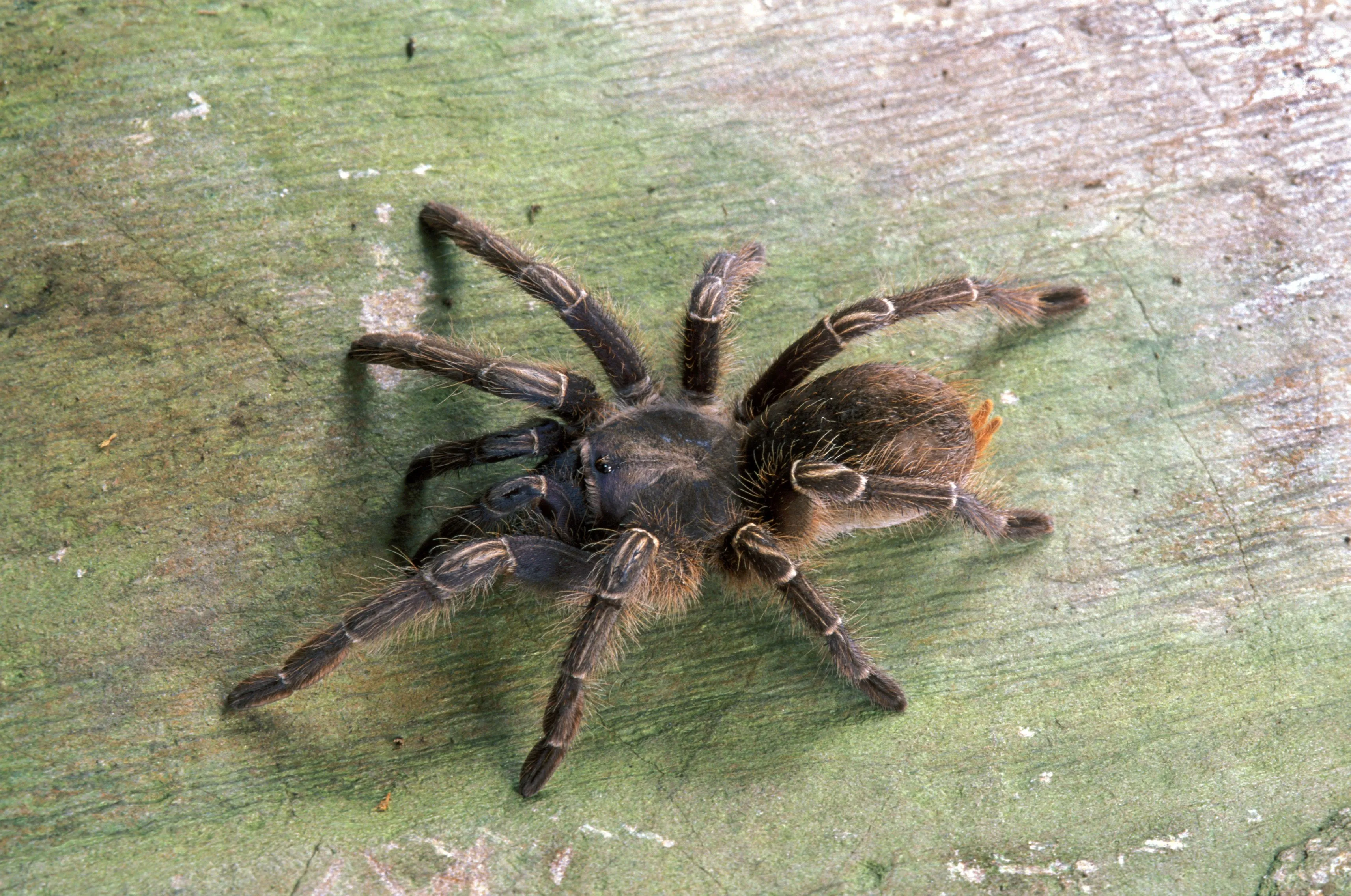
When exploring the world of tarantulas, it’s important to understand the temperament differences that exist between various species. For example, the Chilean Rose Hair tarantula (Grammostola rosea) is often recommended for beginners due to its generally docile nature and slower movement. Conversely, the Goliath Birdeater (Theraphosa blondi), one of the largest tarantula species, is known for its more defensive behavior and potential for aggression. Other species, like the Pinktoe tarantula (Avicularia avicularia), are known for their arboreal habits and generally less defensive temperament. Understanding these differences is crucial for setting realistic expectations and choosing a species that matches your experience and comfort level. Always research a tarantula’s specific temperament before acquiring it, including its defensive behaviors and potential for biting or flicking hairs.
Common Temperament Traits of Specific Tarantula Types
Certain tarantula types have established reputations for their temperaments. The Mexican Red Knee tarantula (Brachypelma hamorii) is another species that is often recommended for beginners due to its relatively docile nature. They are known to be more calm and less prone to biting. Conversely, the Cobalt Blue tarantula (Cyaneopubescens) is known for its vibrant coloration but also for its more defensive nature and tendency to bite if provoked. Arboreal tarantulas, like the Pinktoe, tend to be more skittish and may bolt quickly if startled. Terrestrial species generally move slower, and can be less likely to bolt, but can still exhibit defensive behaviors. It’s crucial to research the specific traits of the species you are considering, recognizing that individual personalities can vary.
Pet Tarantula Temperament Fact 2: Defensive Behaviors
Tarantulas, as solitary creatures, have evolved various defensive behaviors to protect themselves from perceived threats. These behaviors are crucial for their survival in the wild, where they face predators. In captivity, these same behaviors can manifest when a tarantula feels threatened, stressed, or simply uncomfortable. Understanding and recognizing these defensive behaviors is essential for responsible tarantula ownership. It allows you to avoid triggering your tarantula’s defenses and minimizes the risk of being bitten or exposed to urticating hairs. Being able to read your tarantula’s body language and understand its stress levels is vital to safe and enjoyable interaction, even if this interaction primarily consists of observation.
Identifying Defensive Postures and Signals
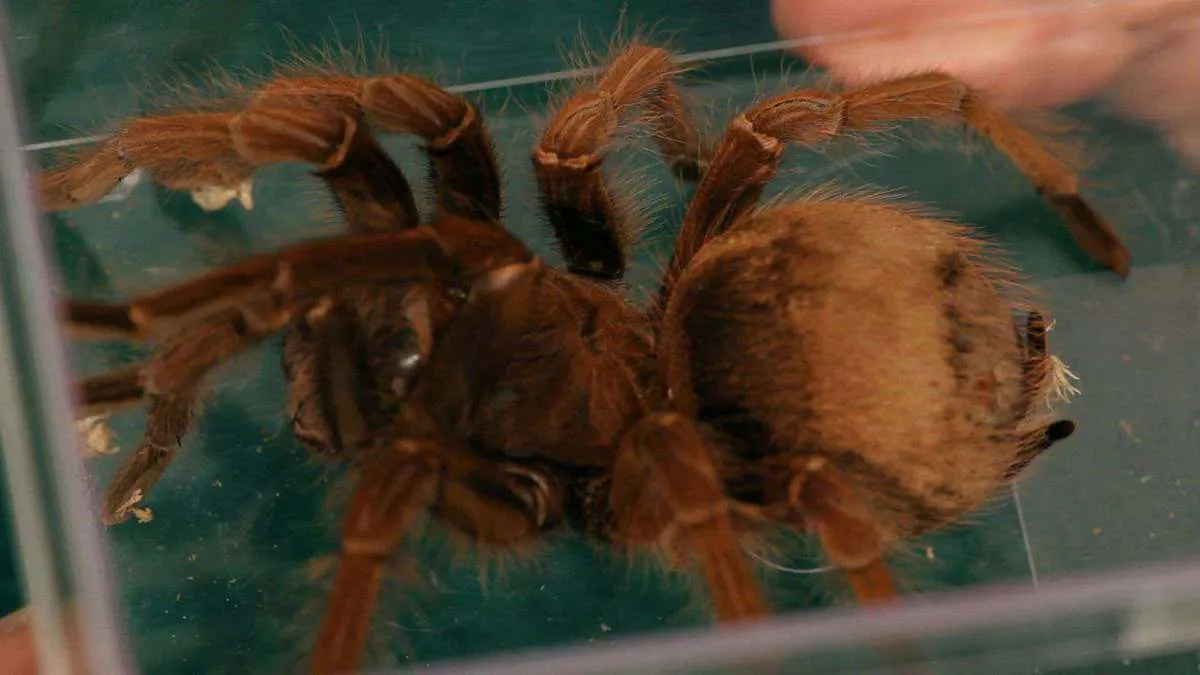
Tarantulas communicate their defensive state through a range of postures and signals. One of the most common is the threat pose, where the tarantula rears up on its hind legs, displaying its fangs and raising its front legs. This pose is a clear warning to back off. Another defensive behavior is stridulation, a hissing or buzzing sound produced by rubbing body parts together. Flicking urticating hairs is also a significant defensive mechanism; the tarantula uses its hind legs to flick tiny, irritating hairs at a perceived threat. These hairs can cause skin irritation and, in some cases, respiratory problems. Rapid movements, hiding, or a general lack of activity can also signal a stressed or defensive state. Observing these signals will help you understand your tarantula’s mood.
Reasons Behind Defensive Behaviors
Several factors can trigger a tarantula’s defensive behaviors. Perceived threats, such as sudden movements, loud noises, or the presence of other animals, can cause a tarantula to feel threatened. Poor environmental conditions, such as an enclosure that is too small, too hot, or too dry, can also lead to stress and defensiveness. Handling, which is generally not recommended, can be a significant trigger. The presence of prey, especially if the tarantula is hungry, can also elicit defensive responses. Tarantulas may also be defensive during molting, as they are vulnerable during this process. Knowing the triggers and avoiding them is the key to reducing stress on your tarantula and minimizing the risk of defensive reactions.
Pet Tarantula Temperament Fact 3: Handling and Interaction
Handling tarantulas should be approached with extreme caution, and in most cases, it is best avoided altogether. While some tarantulas may appear docile, their temperament can change without warning, and even a seemingly calm spider can bite or flick hairs if it feels threatened or startled. Regular handling is generally unnecessary and can be stressful for the tarantula. If handling is unavoidable (e.g., for enclosure maintenance), it should be done with the utmost care, and with a clear understanding of the risks involved. Prioritize the tarantula’s well-being and observe its behavior carefully before attempting any interaction. It is always best to observe tarantulas from a distance to enjoy their behaviors and avoid unnecessary stress.
Best Practices for Safe Handling
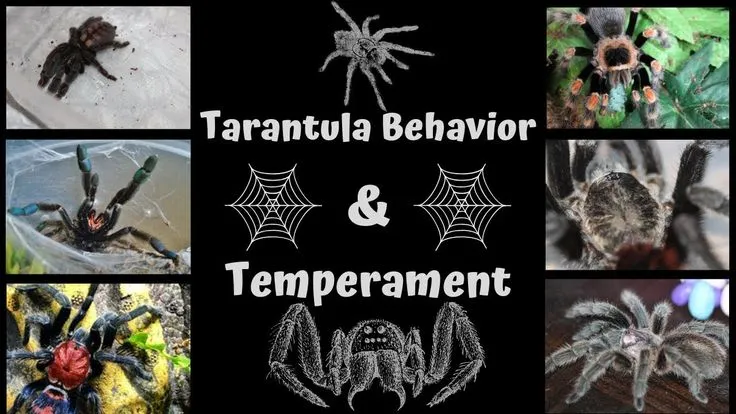
If handling is deemed necessary, there are steps to minimize the risk. Always remain calm and move slowly. Never make sudden movements or approach the tarantula from above, as this can be perceived as a threat. Use a soft brush to gently encourage the tarantula to walk onto your hand, if it allows. Wear gloves to protect your skin from bites and urticating hairs, but be aware that gloves can also limit your sensitivity and make it harder to gauge the tarantula’s behavior. Handle the tarantula close to the ground or over a soft surface, in case it falls. Have a clear escape plan if the tarantula shows signs of defensiveness. Remember, even with precautions, handling carries risks, and it is best to avoid it whenever possible.
Risks of Handling Tarantulas
Handling tarantulas presents several risks. Bites, while rarely life-threatening to humans, can be painful and can cause localized swelling, redness, and itching. The venom of some species can also cause muscle cramps, nausea, and other symptoms. Urticating hairs are a more common concern. Contact with these hairs can cause severe skin irritation, itching, and, in some cases, respiratory problems if inhaled. The stress of handling can also negatively impact the tarantula’s health and well-being. Overhandling can lead to a decrease in appetite, increased defensiveness, and a shortened lifespan. Prioritize the tarantula’s comfort and safety by minimizing handling and focusing on observing its natural behaviors.
Pet Tarantula Temperament Fact 4: Environmental Influences
A tarantula’s environment significantly impacts its temperament and overall well-being. Providing a suitable habitat is crucial for creating a stress-free and thriving spider. Environmental factors such as enclosure size, substrate, temperature, humidity, and the availability of hiding places play a critical role in shaping the tarantula’s behavior and temperament. A well-designed enclosure mimics the tarantula’s natural habitat and provides a sense of security, reducing stress and promoting a more relaxed temperament. Careful attention to these environmental details is paramount to successful tarantula keeping.
Impact of Habitat and Enclosure
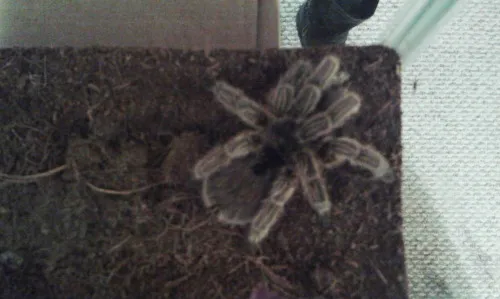
The enclosure should be appropriately sized for the tarantula’s species and size. Too small an enclosure can restrict movement and lead to stress, while too large an enclosure can make it difficult for the tarantula to find its food. The enclosure should provide adequate ventilation but also retain the necessary humidity. The substrate should be appropriate for the species and allow for burrowing or climbing, depending on the tarantula’s natural behaviors. Providing ample hiding places, such as cork bark, artificial plants, or caves, is crucial for providing a sense of security and reducing stress. A tarantula that feels safe and secure in its enclosure is more likely to exhibit a calmer temperament.
Effect of Temperature and Humidity
Temperature and humidity play vital roles in a tarantula’s health and temperament. Most tarantula species thrive in temperatures between 75-85°F (24-29°C). Extremes of temperature, both hot and cold, can stress the tarantula and negatively affect its behavior. Maintaining appropriate humidity levels is also crucial, as different species have different humidity requirements. Too much humidity can lead to mold growth and health issues, while too little humidity can cause problems with molting and overall dehydration. Regular monitoring of temperature and humidity, using a reliable thermometer and hygrometer, is essential. Adjusting the environment to meet the specific needs of the tarantula species will contribute to a happier, healthier, and more predictable temperament.
Pet Tarantula Temperament Fact 5: Signs of Stress and Well-being
Learning to recognize the signs of stress and well-being in your pet tarantula is essential for providing proper care and ensuring a good quality of life. Observing your tarantula’s behavior, eating habits, and overall appearance can provide valuable insights into its health and emotional state. By understanding these signs, you can identify potential problems early and take steps to address them, promoting a happy and healthy spider. It is important to note that tarantulas are not capable of expressing emotions in the same way as humans. Rather, their behaviors offer clues to their physical and psychological state.
Recognizing Signs of a Happy Tarantula
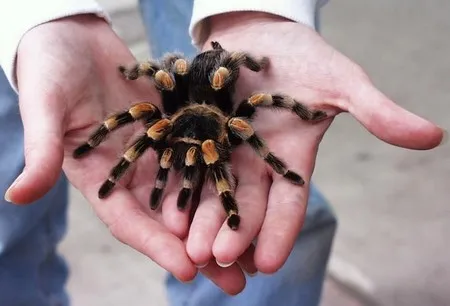
A healthy and content tarantula will typically exhibit certain positive behaviors. These might include active exploration of its enclosure, regular eating, and a willingness to burrow or build a web. The tarantula should appear alert and responsive to its environment, with a healthy body condition. The abdomen should be plump, indicating good hydration and nutrition. The spider should molt regularly and successfully, a sign of proper growth and development. A happy tarantula may also display natural behaviors, such as ambushing prey or constructing a retreat. These signs suggest that the tarantula feels safe and secure in its environment and is thriving under your care.
Identifying Stress Indicators
Various behaviors can indicate that a tarantula is stressed or unwell. These include a loss of appetite, lethargy, and a reluctance to move. A tarantula that spends all its time hiding or refuses to leave its burrow may be stressed. Excessive flicking of urticating hairs, a defensive posture, or aggressive behavior are also red flags. Other signs of stress include a shrunken abdomen, indicating dehydration or poor nutrition. A tarantula that is molting poorly or has difficulty molting may also be stressed. Any unusual behavior or changes in appearance should be investigated promptly. Consulting with a veterinarian experienced in exotic animals or experienced tarantula keepers can help diagnose and address any issues.
